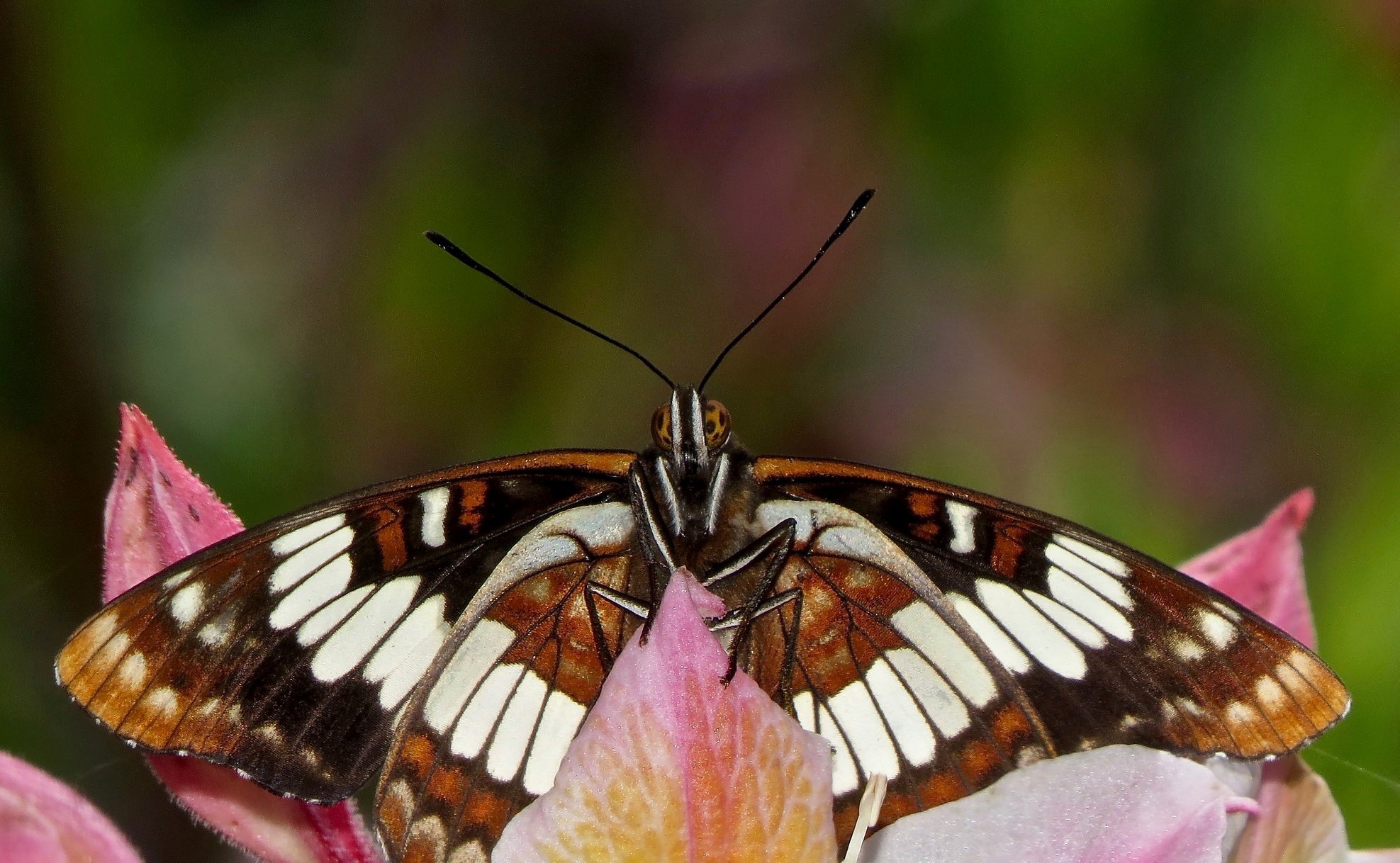Lorquin's Admiral (Limenitis lorquini) is a medium-sized butterfly, with a wingspan of 2 to 2.625 inches. Adults live for about 30 days, and can be seen in our local area from April through September. Numbers peak in May, and are quite low after June. Host plants are Wild Cherry (Prunus), Willow (Salix), Poplar and Cottonwood (Populus), and also orchard trees. Adults feed not only on nectar, but also bird droppings and dung.
The butterfly is named after Pierre Joseph Michel Lorquin, a French entomologist specializing in beetles and butterflies. He came to California during the Gold Rush, and made a huge contribution to the documentation of California butterflies:
“It is surprising but true that we have no record of butterfly study or collection in California before the Gold Rush. At that time a Frenchman, Pierre Joseph Michel Lorquin, collected extensively and sent material to the distinguished French entomologist J. B.A. de Boisduval who, in turn, named and described many of our species”. (Shapiro, Arthur M. and Timothy D. Manolis. 2007. Field Guide To Butterflies of The San Francisco Bay and Sacramento Valley Regions. Berkeley: University of California Press.)
The male Lorquin's Admiral is very territorial. It defends its chosen territory by chasing away primarily other butterflies, but also dragonflies, and sometimes even birds!
Lorquin's Admiral is easily confused with California Sister, especially in flight, since the upper wings look similar. The best way to distinguish them is to look at the orange patch at the tip of the forewing. California Sister has a large patch with well-defined edges; Lorquin's Admiral has a smaller patch that fades away at the edges.
Lorquin's Admiral may have evolved to mimic the appearance of California Sister as a defense mechanism. Predators have learned to avoid California Sister, because the caterpillars feed on oak leaves, and the tannins contained in the leaves make them unpalatable. By looking like California Sisters, Lorquin's Admirals get their shared predators to leave them alone too. This type of mimicry is known as Batesian mimicry.
It is found from British Columbia south to Baja California, and east to western Montana and Idaho.






